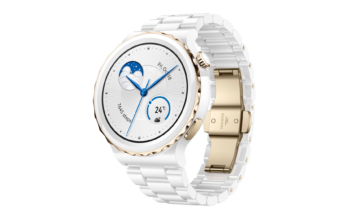
In the quest for deeper and more intensely felt massages, many athletes have settled upon the massage gun as a tool to aid recovery. But is a percussive massager any better than other forms of self-massage, like foam rolling? And how does it feel to use one?
First, a primer on the evidence behind sports massage: Almost everybody agrees that if a massage makes you feel better, you should feel free to get one. But if you’re wondering whether massages do anything specific physiologically that is good for your body, there’s no compelling evidence suggesting that is so. We’re pretty sure they’re not “flushing lactic acid” from your muscles (lactic acid doesn’t cause that next-day soreness, anyway), but some studies do find that massage can help increase flexibility, and some people report they reduce soreness.
Here’s a recent meta-analysis, for example; its authors found no evidence that massage will make you a better athlete, but they did find research suggesting it might help you feel a little better. Is that enough to justify paying for massages or using a portion of your gym time to roll out on a lacrosse ball? Personally, I would say no—I’ve foam rolled maybe five times in my life and don’t feel I’m missing anything when I don’t. But if massage feels good to you, there’s no reason not to do it.
What does a massage gun feel like?
If you’ve seen the ads, you probably have a good sense of how these devices work: The gun punches you, over and over, with its rapidly moving, rubbery little fist. You can probably make a decision based on this alone: If you think “wow, that must feel good,” go buy a massage gun. If you think, “oh my god, why would I want to punch myself?” then it’s probably not for you.
G/O Media may get a commission
I tried out a massage gun recently, a HyperVolt model. I fall into the “why would I punch myself” camp, and my experience was what I expected. On my forearms and shins, it hurt; on my hamstrings, it tickled. It did feel pretty good on my back, if I was lying face-down on a bed and got somebody else to work the gun. But at that point, why not just get a regular massage?
Aisha Jordan, staff writer at Lifehacker, is in the opposite camp. She has a massage gun and loves it, to the extent that she rated it the most essential item that helped her endure the hell of 2020. “I get really tight knots in my shoulder and the strong pulse of the Theragun loosens it when a regular massager can’t,” she says.
A thing to remember about massage guns is that you’re usually using them on yourself, which can be awkward. The HyperVolt model I used weighs 2.5 pounds, which is heavy when you’re trying to hold it at specific angles over the course of a 15-minute session. Aisha’s Theragun mini weighs a full pound less. The bigger massagers tend to have a more powerful motor, so you’re trading handleability for intensity.
One nice thing about the model I used was that it connected with an app that detected when I’d logged a workout in Apple Health and would suggest massage routines to match. I’d open the app and start the video, and it would guide me through which body parts to massage and which attachments to use for each body part. If you feel like your self-massages could use that kind of structure—and you don’t mind contorting a bit to get the massager onto the various target muscles—a massage gun might be right for you. I’ll just be over here, enjoying not getting punched.



